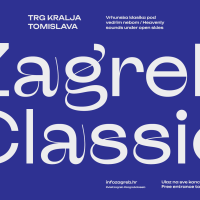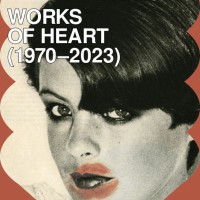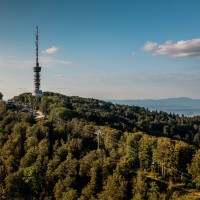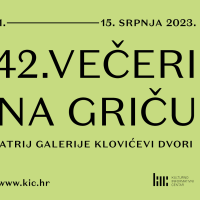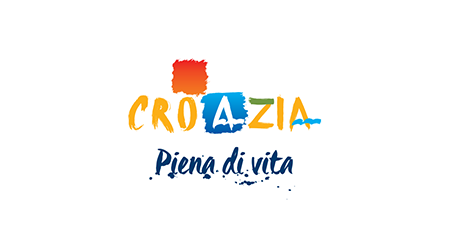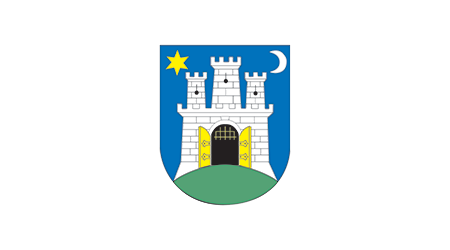Ten Reasons to Visit Artistic Zagreb
There are a lot of reasons to visit Zagreb, a city with an interesting artistic facet. In the last issue of its magazine, Air France presented its own ten reasons and a selection of its own artistic favourites to be found in Zagreb.
 The last issue of Air France magazine brought a long feature about Zagreb in French and English. The author, Sophie Massalovitch, described the artistic facet of Zagreb and listed ten reasons why one should visit it. She depicted Zagreb as a peaceful and upbeat capital with two levels: the old baroque town perched on a hill, and below it, wide streets with posh 19th century buildings – with creativity everywhere.
The last issue of Air France magazine brought a long feature about Zagreb in French and English. The author, Sophie Massalovitch, described the artistic facet of Zagreb and listed ten reasons why one should visit it. She depicted Zagreb as a peaceful and upbeat capital with two levels: the old baroque town perched on a hill, and below it, wide streets with posh 19th century buildings – with creativity everywhere.
Among the ten reasons she explored in her text as good motifs to visit artistic Zagreb, her favourite was the Modern Gallery which offers an overview of modern paintings from a Croatian view point. According to her, the most appealing painter is Vlaho Bukovac, the first Croatian who exhibited at the Salon in Paris. She offered her second reason to visit Zagreb by describing the building of the so-called Meštrović Pavilion which was erected in the 30s of last century. Sculptor and architect Ivan Meštrović conceived it as a circular structure topped with a concrete dome. Light streams in through a multitude of glass honeycombs which is why artists always love this exhibition space.
Another of her favourites was the Atelier Meštrović in the Upper Town with an exhibition of his sculptures. The list continued with the Museum of Broken Relationships dedicated to love affairs gone bad. The exhibit consists of personal effects donated by former lovers. Donations continue to pour in and the exhibit grows richer by the day. The museum's address is Kulmer Palace in the Upper Town, close to the representative Klovićevi Dvori Gallery, yet another of the author’s favourites, together with the Museum of Contemporary Art and the Museum of Street Art. The last is an exhibition of works by the biggest names on the Croatian and international street art scenes. It was opened in the former military hospital on Vlaška Street owing to the imagination and unrelenting perseverance of Ivana Vukšić, who considers it her brain child. The idea was launched when she invited 80 graffiti artists to paint the over 400-metre-long wall along Branimirova Street. The list also contained the Glypthoteque, a unique museum institution in Croatia in terms of its purpose. The idea behind its foundation was to show audiences casts of sculptures from the antiquities, as well as casts of monuments of Croatian cultural heritage which were erected between the 9th and 15th centuries and stay in situ while their copies can be seen in the Glypthoteque. Some of these copies, whose originals are kept by the British Museum's Department of Antiquities are used as models by art students, we learned from the author. She went on to explain that later the original works by the best known Croatian sculptors of the 20th century joined the collection.
She also mentioned the former cult café in Zagreb's Dežmanova Street whose current owner is the well known florist and academic painter Saša Šekoranja. The artist redecorated the former bar and turned it into a Viennese-style coffee shop cum gallery.
The author ended her story about a stroll through artistic Zagreb with an interesting anecdote about the Esplanade Hotel. Built in 1925 for the passengers of the Orient Express who were making a stopover en route to Istanbul, the hotel combined elegant luxury with the latest Art Deco style, which has not changed a bit. She mentioned its gallery of black and white photographs of artists who had stayed at the hotel. Among them was Orson Welles, who had set up camp at the Esplanade in 1961 when he was shooting his adaptation of Franz Kafka’s The Trial in Zagreb. Here he met a local, Oja Kodar, who would become his long-term partner.
Published: 03.02.2014
 Hrvatski
Hrvatski English
English Deutsch
Deutsch Spanish
Spanish French
French Italian
Italian Russian
Russian Korean
Korean Japanese
Japanese Chinese
Chinese The last issue of Air France magazine brought a long feature about Zagreb in French and English. The author, Sophie Massalovitch, described the artistic facet of Zagreb and listed ten reasons why one should visit it. She depicted Zagreb as a peaceful and upbeat capital with two levels: the old baroque town perched on a hill, and below it, wide streets with posh 19th century buildings – with creativity everywhere.
The last issue of Air France magazine brought a long feature about Zagreb in French and English. The author, Sophie Massalovitch, described the artistic facet of Zagreb and listed ten reasons why one should visit it. She depicted Zagreb as a peaceful and upbeat capital with two levels: the old baroque town perched on a hill, and below it, wide streets with posh 19th century buildings – with creativity everywhere.